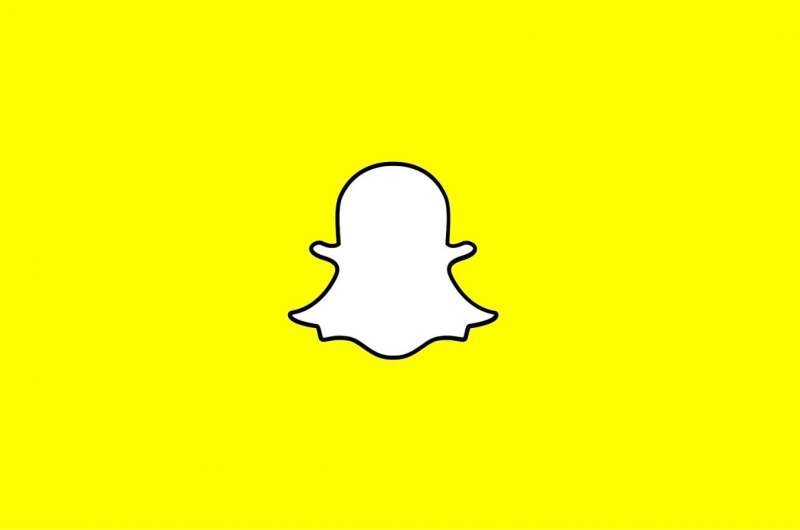Since its IPO, Snap Inc. did exactly what it said it would, so why is its stock struggling?

The Los Angeles tech company behind Snapchat offers a simple sales pitch to investors: We'll release features niftier than anything our competitors can produce.
In its first four months as a publicly traded company, Snap Inc. has kept its part of the bargain. It introduced a mapping tool that reveals the location of friends and trending events, launched several short video series and made it easier for any advertiser to buy commercial time on Snapchat. The firm also caught up to rival Instagram by matching options for replaying messages.
Yet, despite the changes, investors don't consider Snap any more valuable than when it went public. Snap shares have fallen below their $17 opening price in March to $15.69 on Thursday. The company's market capitalization of around $18 billion sits right about where it did in the months leading up to Southern California's biggest initial public stock offering.
There's no shortage of concerns swirling around Snap, which is scheduled to announce its second-quarter financial results Aug. 10. But chief among them, investors remain unsure whether or how Snap will make money someday. Snap declined to comment.
Financial analysts estimate the company will lose $3.3 billion this year, according to investment research aggregator FactSet. Much of Snap's expenses are stock compensation to employees.
Questions about making money dogged Snap before its IPO, too. Investors and analysts say what has led the stock to drop is a creeping sense among investors that no matter how many creative features it launches, Snapchat just may be too small a player in the app economy to command a high valuation.
At the moment, as Snap stares "down the face of very pronounced head winds, we'd rather fish in better waters," said Christopher Versace, chief investment officer at Tematica Research, which provides guidance to individual investors.
Snap generates its revenue by selling ads that appear inside Snapchat. Varieties include 10-second commercials bought by such companies as Adidas, Spotify and Emirates in addition to small decorative graphics that anyone can buy to celebrate an event.
But it remains a work in progress for many big-budget advertisers to figure out whether the spots they're buying are worthwhile. Snap in recent months introduced more sophisticated measures to help retailers track whether ads lead to in-store visits and purchases.
Morgan Stanley stock analyst Brian Nowak reportedly said this week that the initiatives have been underwhelming, and he lowered estimates for Snap's ad sales growth. Others have voiced concerns about users skipping ads on Snapchat and the special effort required to design commercials for the app.
Martin Sorrell, chief executive of ad agency giant WPP, gave unenthusiastic mentions of Snap in TV interviews in recent days. He said Facebook - which has duplicated many of Snapchat's best-known features in its Instagram and Messenger apps - had "successfully" countered Snap.
WPP spends about $2 billion annually buying ads on Facebook for clients such as Ford and Procter & Gamble. Its spending on Snapchat ads could double to $200 million this year.
Versace, the investment research analyst, said Snap also could take a hit if companies lower their growth forecasts after initially thinking the economy would grow faster under President Trump.
"This coming earnings season, there's a high probability we see companies dialing back expectations for the second half of the year," he said. "I wouldn't be surprised if we see Snap doing the same."
Credit Suisse stock analyst Stephen Ju said this week that he's had encouraging conversations with advertisers about Snap being on the right track. But he still lowered second-quarter sales assumptions.
"While we were hoping for Snap to exhibit a more comfortable growth path, we are reminded that nascent companies sometimes grow in fits and starts," Ju wrote.
Analysts estimate that Snap picked up $190 million in revenue during the second quarter, with a full-year estimate of $980 million.
"The big concern is you have a company that's not profitable and doesn't show a clear path to how it's going to become profitable," said Steven Dudash of IHT Wealth Management.
One of Snap's biggest priorities for the year has been loading the app with a daily batch of short, scripted videos about sports, celebrity life, food and dating. But analysts are getting mixed data on whether shows and other features are attracting new users or getting existing users to spend more time on the app. More users and more time spent increases the opportunities Snap has to display an ad.
Snap's moves to increase usage may be cutting both ways. For example, its new location-sharing feature led to privacy concerns that could prompt parents to more closely monitor or restrict their children's app usage. On Wednesday, Arkansas Attorney General Leslie Rutledge joined numerous schools and public officials in alerting consumers to be cautious about Snap Map.
©2017 Los Angeles Times
Distributed by Tribune Content Agency, LLC.



















